Is public restroom a safe place?
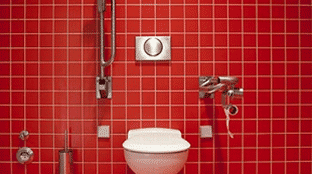
Society perceives public toilets primarily as dangerous places for health, where pathogenic microorganisms lurk at every step. Worse, these bacteria are invisible to the naked eye and can be present even in rooms that appear clean. Do public toilets really have to be a "contaminated zone"? No, provided that the management of these spaces is based on reliable knowledge that allows the implementation of appropriate practices. Equally important is the level of public awareness regarding the observance of hygiene rules.
Bacteria and viruses in public toilets – experts' opinions
Scientific research reports that the most dangerous bacterium that can be contracted in a public toilet is Escherichia coli, known as E. Coli. It causes numerous health damages, from food poisoning, through peritonitis, to sepsis. Also dangerous are bacteria from the Salmonella, Shigella groups, as well as Neisseria gonorrhoeae, which causes venereal diseases. Among viruses, the most invasive are the hepatitis A virus and rotaviruses.
The common belief is that the toilet seat is the biggest source of germs in a public toilet. Scientists have a different opinion. According to them, sitting on the seat can result in infection, but it is unlikely. However, this does not absolve the necessity of using protective measures. Much more dangerous in effect is the so-called dirty hands disease. It is the hands that are the biggest carriers of pathogenic microorganisms. Simply touching the doorknob in a public toilet, the trash can lid, or the flush button can expose one to dangerous germs. According to Dr. Reina, a microbiologist at the University of Navarra, not washing or improper hand hygiene after using the toilet significantly increases the risk of infection. WHO reports that regular hand washing with water and soap could effectively prevent the development of many diseases. Meanwhile, the practice of hand washing is only applied by 67% of the society (based on American studies).

Facts and myths about health safety in public toilets
The above observations suggest that the space of a public toilet, in itself, does not pose a significant health threat. The danger increases only in combination with improper habits, false beliefs, and a lack of awareness among public toilet users. Therefore, it is worth highlighting certain facts and dispelling several myths regarding safety in public toilets.
- "Public toilets are places where the risk of bacterial infection is higher than anywhere else"
MYTH - Microbiology specialists, including Dr. James Scott, claim that elevators, which are usually small and poorly ventilated spaces, are much more dangerous.
- "It is advisable to avoid direct contact with the toilet seat."
TRUTH - Although the risk of infection is quite low, drug-resistant Staphylococcus aureus bacteria can be present on the surface of the seat, increasing the risk of skin infections.
- "Flushing the toilet before use makes the public toilet more hygienic."
TRUTH - The water contained in the toilet bowl is an ideal environment for the development of microorganisms. It is a habitat for bacteria found in urine, and as it evaporates, it mixes with dust particles that are then inhaled by the toilet user. Another threat is the splashing water from the bowl, which settles on the toilet walls along with all the bacteria. They can be partially removed with flushing water, but this should always be done with the toilet lid closed.
- "It is better not to put your bag on the floor in the toilet."
TRUTH - Water and urine splashes from the toilet bowl and dirt brought in from outside make the toilet floor a breeding ground for bacteria and viruses, especially if it is wet, which is easy to happen in a WC. Therefore, it is strongly advised not to put bags on the floor and not to hang them on doorknobs. The best solution is to hang them on bathroom hooks.
- "Washing hands in public toilets has the opposite effect because every part of the space is covered with bacteria."
MYTH - As mentioned earlier, poor hand hygiene after using the toilet is one of the main causes of microorganism transmission. Hand washing should be done with warm water and soap and, in justified cases, end with the use of disinfectant fluid/gel.
Modern, yet effective ways to ensure health safety in public toilets include touchless solutions such as touchless flushing systems in toilets and urinals, sensor-activated faucets, touchless trash cans, automatic soap dispensers, or motion-activated lights, which also help save electricity.
Education on toilet hygiene
Repeated behavior patterns are not always correct, and maintaining them can sometimes cause more harm than good. Awareness is the key to health safety. This applies not only to public toilet users but primarily to those managing these spaces, as well as the staff responsible for keeping them clean. According to ISSA, the world's largest association of entities operating in the professional cleaning sector, these groups still need education on practices and solutions conducive to maintaining cleanliness in toilets. Public toilets can be safe places for health. However, this requires effort, including using professional advice and solutions from specialists in this field.
Bibliography:
Clorox Professional Products Co. and ISSA and ClearVoice Research. (May 2014 and June 2014). Cleaning Industry Professionals Public Restroom Survey. (Survey of 375 cleaning industry professionals),
M. Heckscher, 2004, “Be Safe!: Simple Strategies for Death-Free Living”, QUIRK BOOKS, Philadelphia,
http://www.webmd.com/balance/features/what-can-you-catch-in-restrooms#2,
http://www.cleanlink.com/news/article/Survey-Reveals-Truth-Behind-Restroom-Cleaning--17874,
http://www.besthealthmag.ca/best-you/prevention/5-myths-and-truths-about-public-washrooms/2/.
All rights reserved. No part of this publication (text, graphics, images, photos, files, and other data) presented on the OLE.PL online store may be reproduced or distributed in any form or by any means without prior permission. All trademarks, logos, proprietary names, and other data are protected by copyright and belong to their owners.


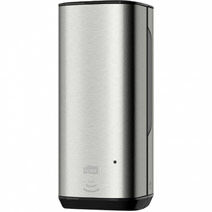
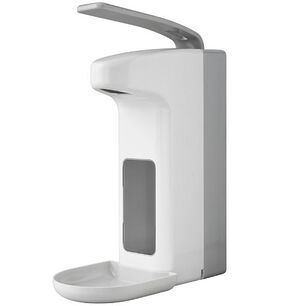
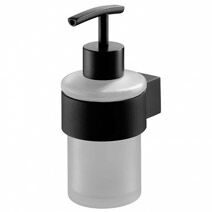




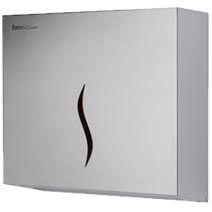














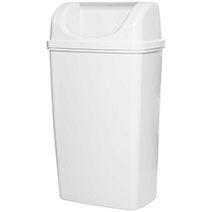

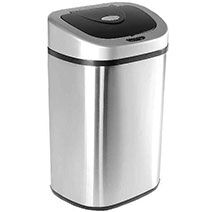

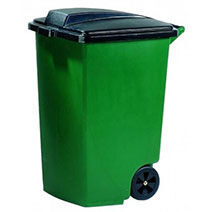













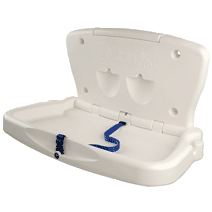
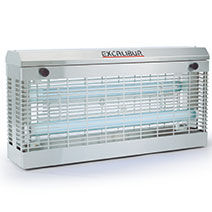
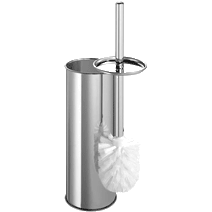




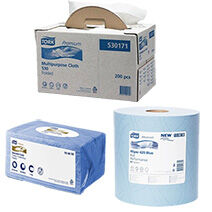









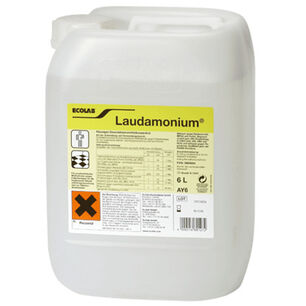
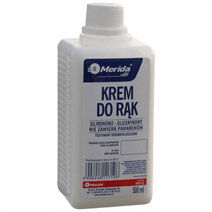
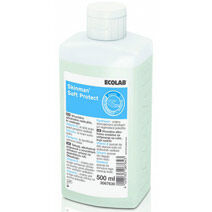






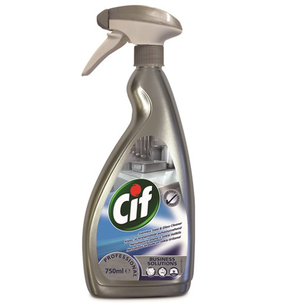
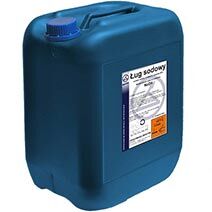
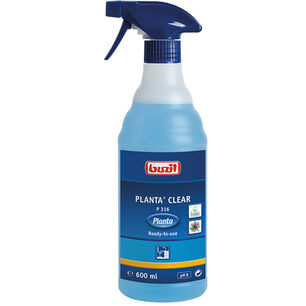






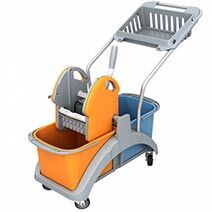


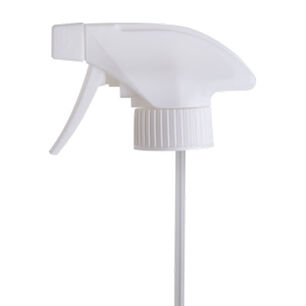
 Polski
Polski
 Czech
Czech
 German
German
 Spanish
Spanish
 Slovak
Slovak